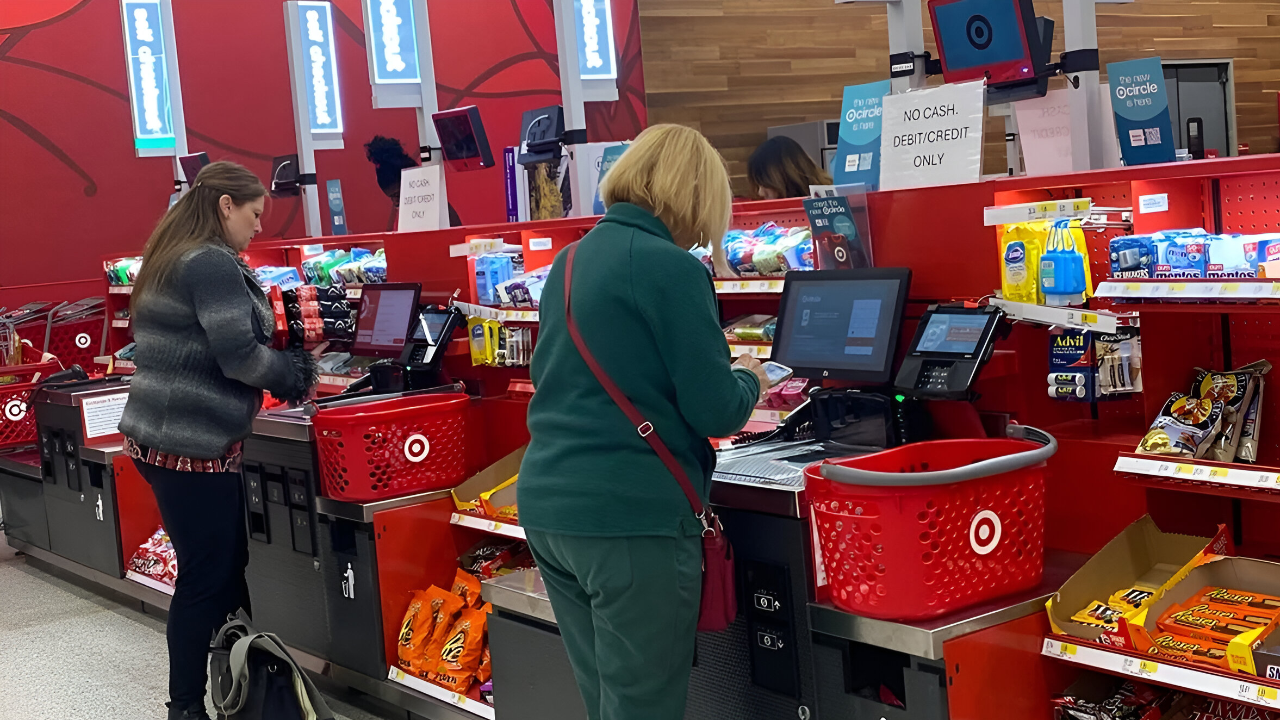
Across the United States, the landscape for physical retail has undergone a dramatic shift, with well-known chains reassessing their presence in key markets.
In the past two years, retail heavyweights such as Target and Walgreens have closed numerous stores in response to mounting challenges.
These moves are not isolated but part of a national trend affecting both urban centers and smaller communities. Experts say the scale and speed of closures signal a larger change in how Americans shop.
A Surge in Store Closures
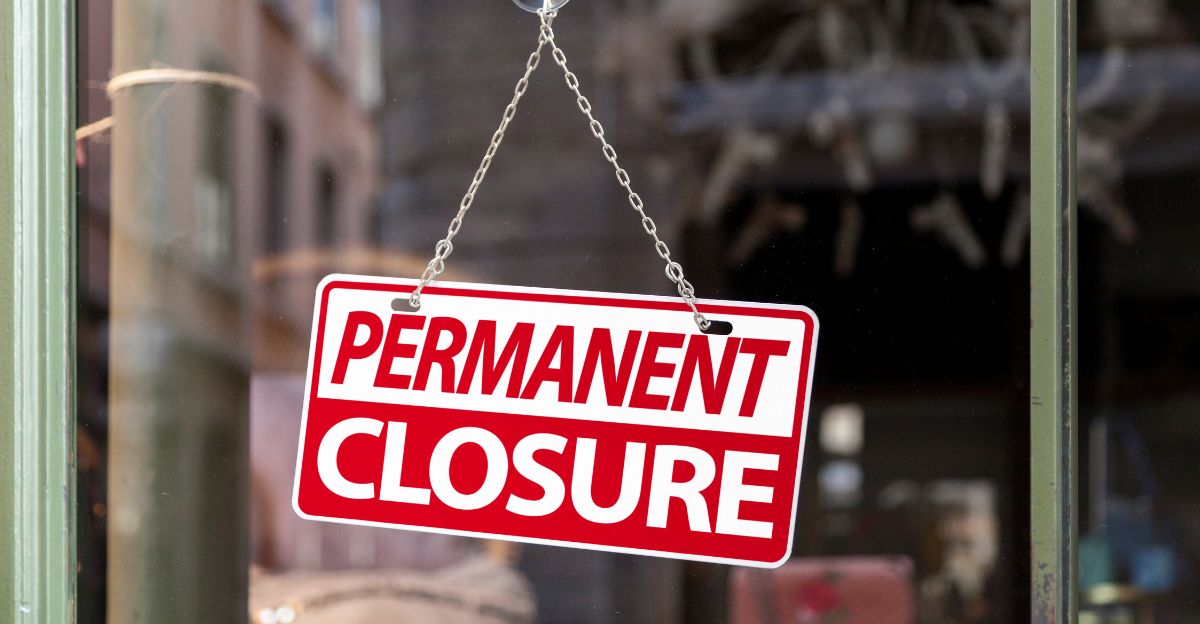
Industry researchers report that nearly 2,700 U.S. stores are expected to close in 2025 alone, a number significantly higher than in pre-pandemic years. According to Coresight Research, store closures now outpace new openings by a sizable margin.
These numbers reflect the increasing strain from retail theft, bankruptcy filings, and evolving consumer habits—pressures that are only compounding over time. As the retail environment shifts, pundits question what stores will vanish next.
Evolving Threats

While e-commerce has gradually taken market share from brick-and-mortar stores, the recent surge in organized retail crime is a relatively new problem.
The National Retail Federation noted a 26.5% increase in organized theft events in 2022 alone. Concerns over employee safety and rising costs have prompted many national brands to reassess which locations are worth maintaining in this challenging climate.
Growing Pressures

Surging inflation, labor costs, and supply chain disruptions have all increased store vulnerability, but executives say retail crime tips the balance in many cases.
Several companies reported that theft rates make continued operation unsustainable. Meanwhile, bankruptcy filings accelerated, underscoring the cascading pressures facing underperforming outlets. This convergence of factors means businesses must make tough choices on where to continue investing.
A Rise in Theft
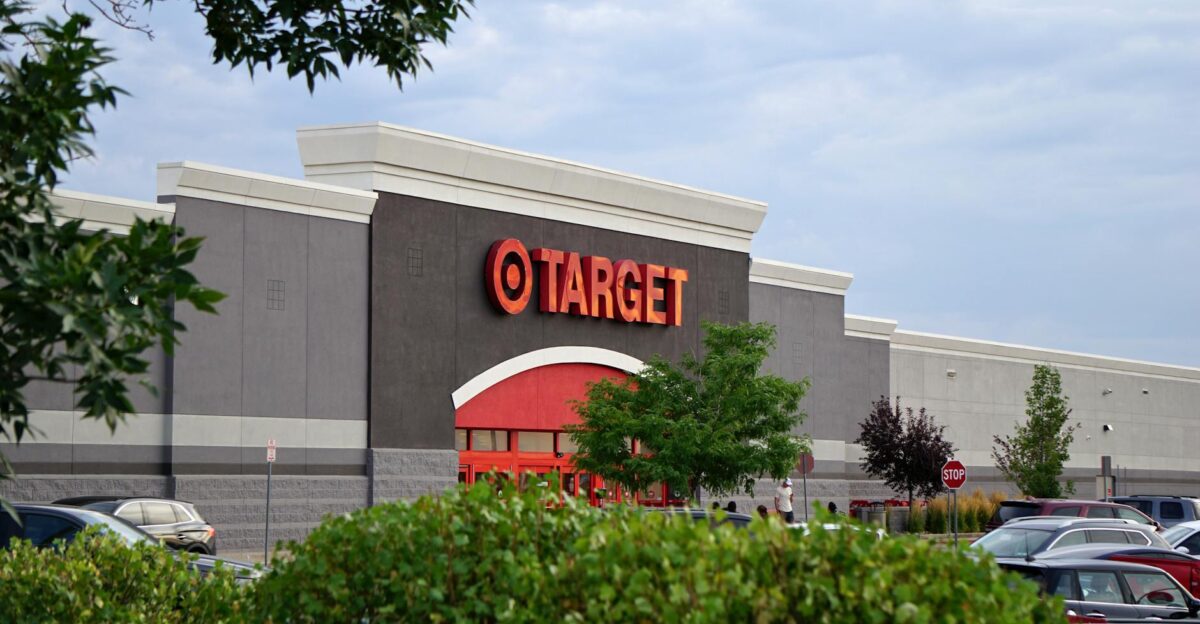
On September 26, 2023, Target made headlines by announcing the closure of nine stores across major U.S. cities, including New York, Seattle, and San Francisco.
The company explicitly cited rising theft and organized retail crime as key factors in its decision. This move was soon echoed by peers like Walgreens, with both national loss rates and local crime incidents influencing these high-profile decisions.
Urban Exodus
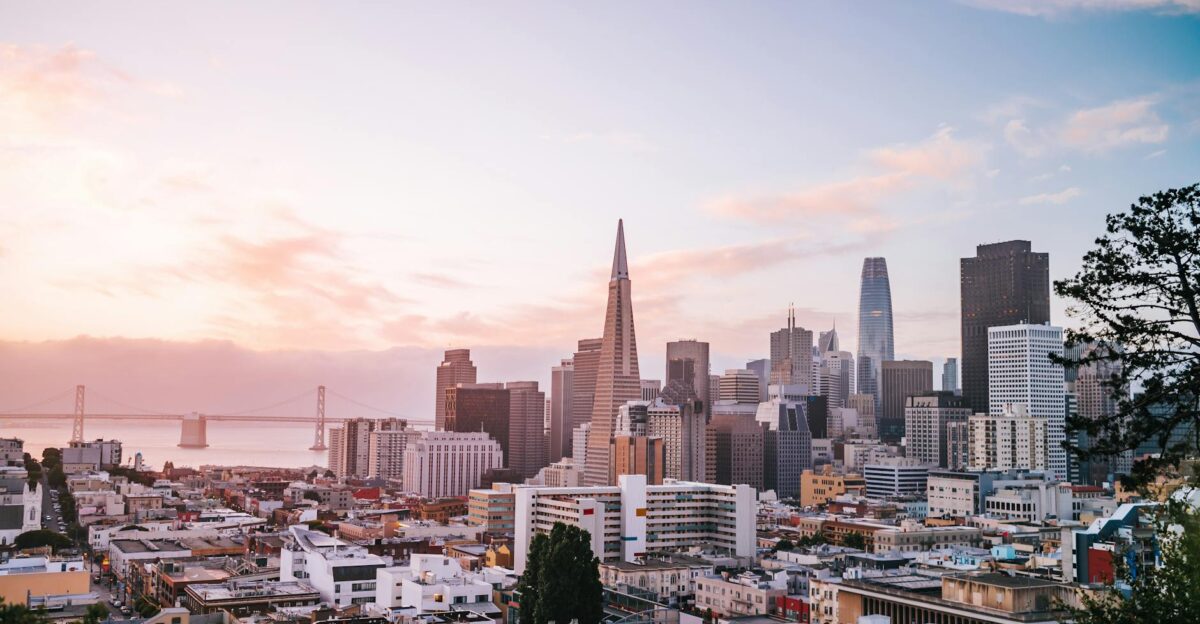
Major metropolitan areas, such as San Francisco, Seattle, and New York, have experienced pronounced waves of closures.
Whole Foods, Nike, and Starbucks have each left high-crime districts or significantly reduced their presence in response to safety concerns.
These actions have drawn sharp criticism from city officials, local businesses, and residents, who rely on such stores for convenience, employment opportunities, and essential goods.
Community Impact

In many Seattle neighborhoods, the closure of key grocery and retail stores forces residents to travel much farther for essentials, sometimes more than a mile to reach the nearest supermarket or pharmacy.
Food banks and local support organizations are experiencing a surge in demand as access to affordable goods becomes increasingly challenging. Employees are facing uncertain futures as layoffs are announced with little warning, heightening financial anxiety for workers and their families.
These disruptions not only affect daily routines but also risk turning some areas into retail deserts with limited options for healthy food and basic services.
Defensive Moves
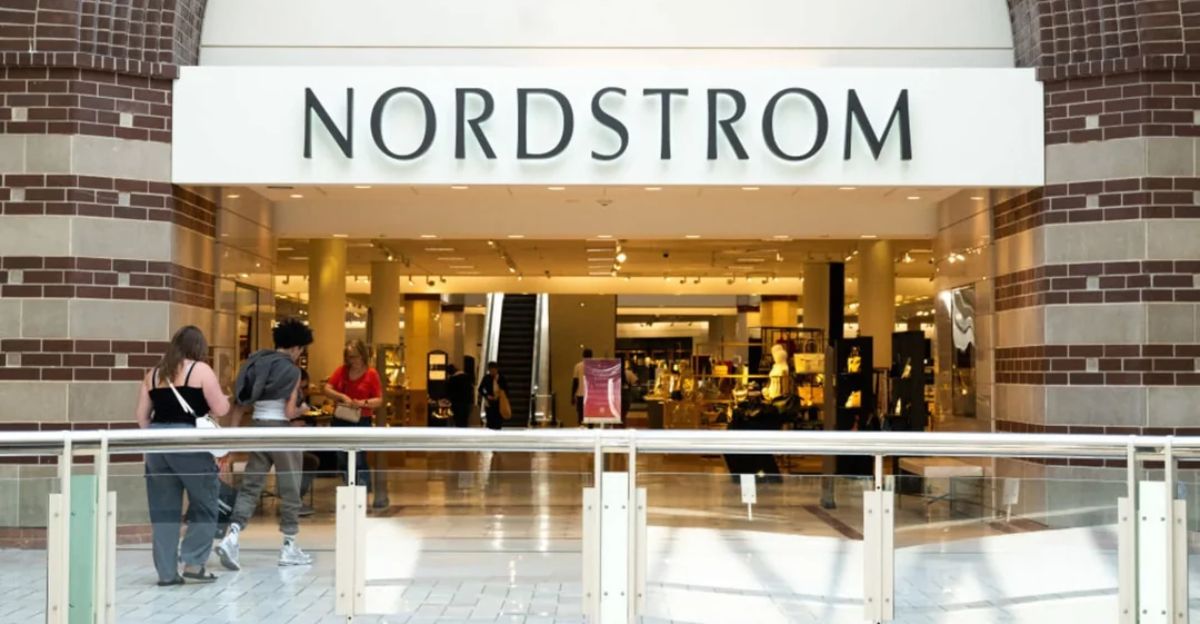
Retailers are not abandoning markets without a fight. Many companies, such as Starbucks and Nordstrom, have experimented with new security measures and technologies to deter theft, ranging from smarter shelving to increased security staff.
Others have adjusted operating hours and product placement as part of broader loss prevention efforts. These adaptations reflect an industry in flux, searching for safe, profitable strategies.
Industry Divide
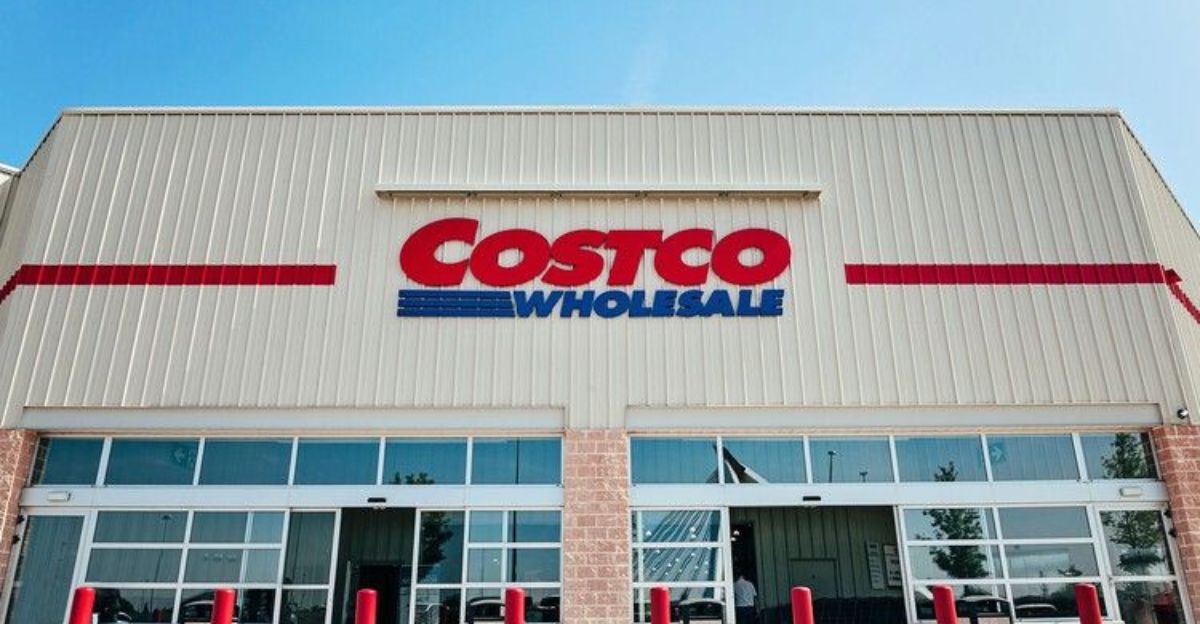
Not every chain is shrinking. Some large retailers, including Walmart, Costco, and Amazon, are expanding or maintaining their presence, despite the “retail apocalypse” narrative.
This growing gulf between successful and struggling brands is reshaping the competitive landscape. While legacy brands shutter stores, agile players are winning market share by adapting quickly to shifting consumer demands.
Collateral Damage
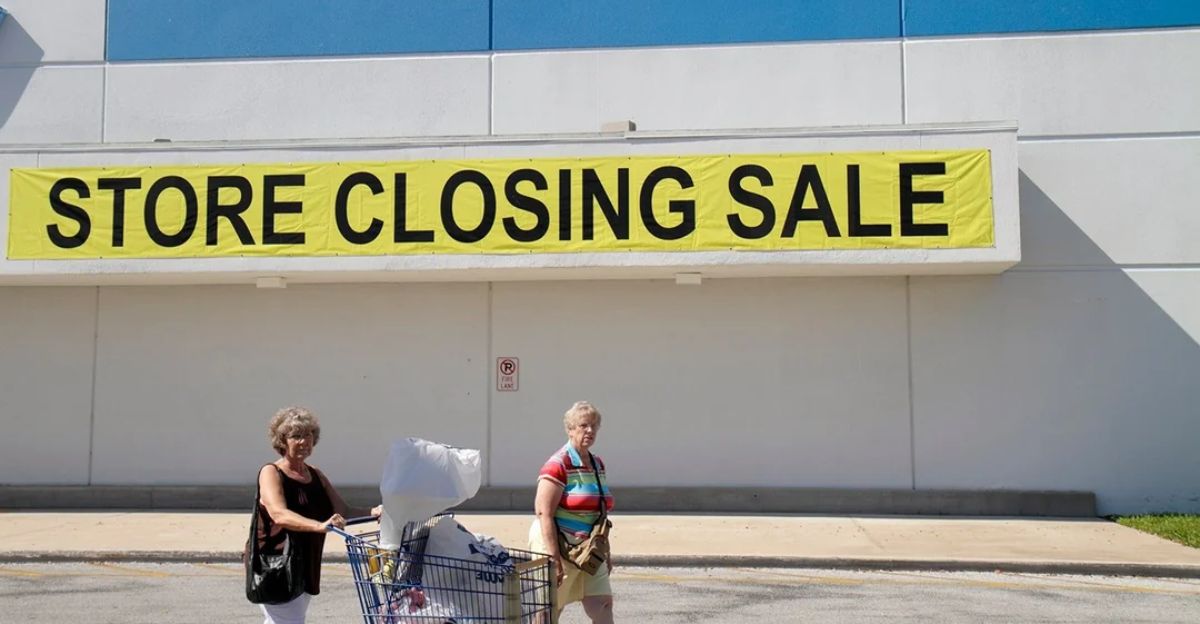
Closures don’t just eliminate shopping options—they ripple outward, affecting local economies. Laid-off staff face job insecurity, and independent service providers lose contracts as foot traffic drops.
Some neighborhoods, particularly in lower-income urban areas, risk becoming retail deserts. Analysts warn that recovery from such economic disruption may prove difficult in the short term.
Franchisee Frustration

The rapid pace of closures has angered some franchisees, who argue their local shops remain profitable despite broader trends. A number have lobbied parent companies for more support and time to address crime issues.
This internal tension highlights the complex reality facing frontline owners, who are caught between national decisions and local needs.
Leadership Response
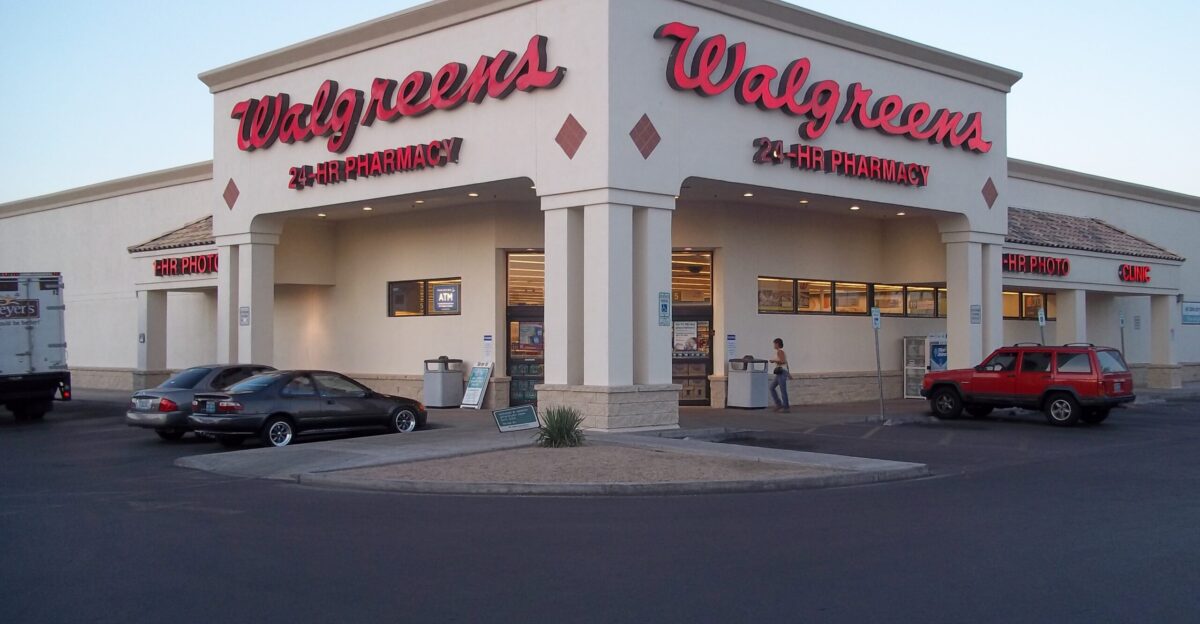
Walgreens, among others, has responded to ongoing losses and store closures by restructuring executive teams and reallocating resources to more secure regions.
Corporate leaders are reevaluating where to focus growth and pushing for investments in technology, staff training, and community engagement.
These changes aim to stabilize operations in an unstable environment and reassure both investors and the public.
Renewal Strategies
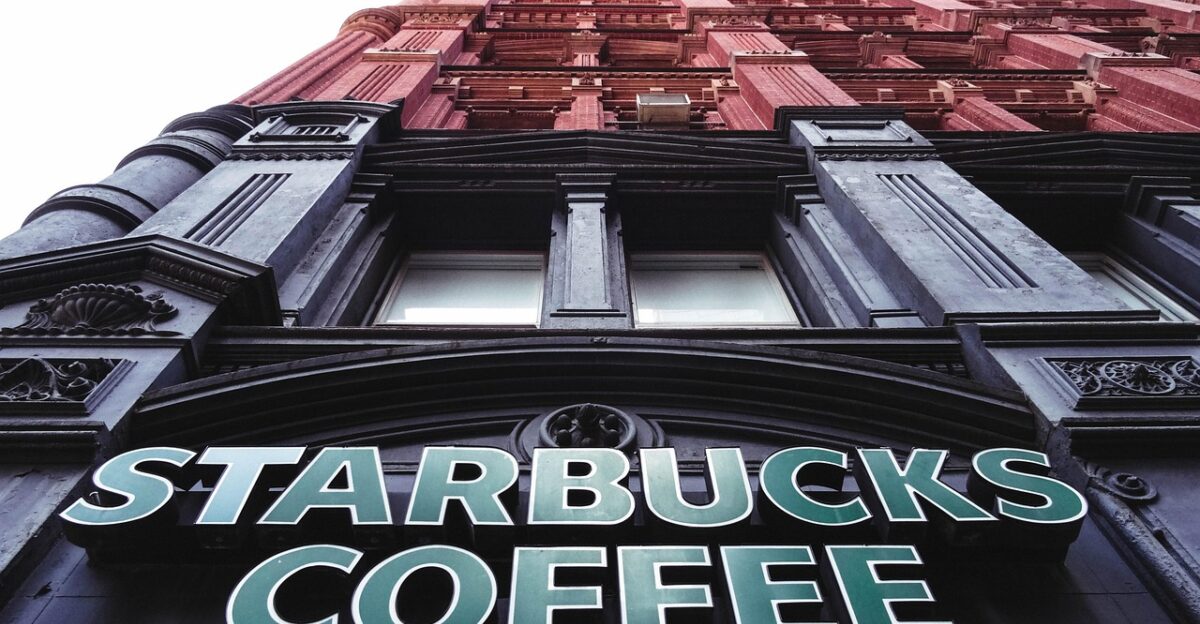
Some national brands are piloting new retail formats designed for safety and efficiency. Starbucks has opened stores with advanced anti-theft technologies, while Target now implements secure pickup options for online orders.
Local governments are also collaborating with law enforcement to target organized retail theft rings. These efforts are early steps toward reimagining what secure retailing can look like.
Expert Perspective
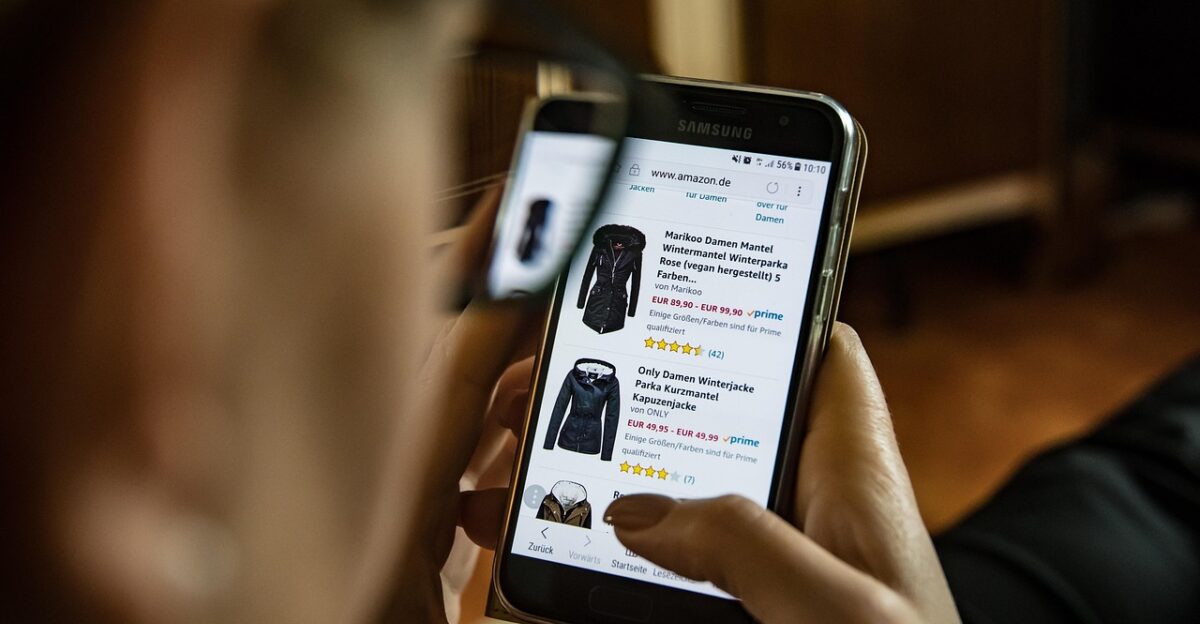
Market analysts emphasize that crime is just one factor among many driving the surge in retail store closures across the U.S. Broader economic pressures—including higher operating costs, inflation, and rising debt—are putting pressure on both small and large chains.
At the same time, consumer habits are shifting as online shopping, ongoing demographic changes, and evolving expectations reshape how and where people spend their money.
Retail viability increasingly depends on adaptability and innovation, not solely on loss prevention or reducing theft rates.
Will the Retail Sector Reinvent Itself?
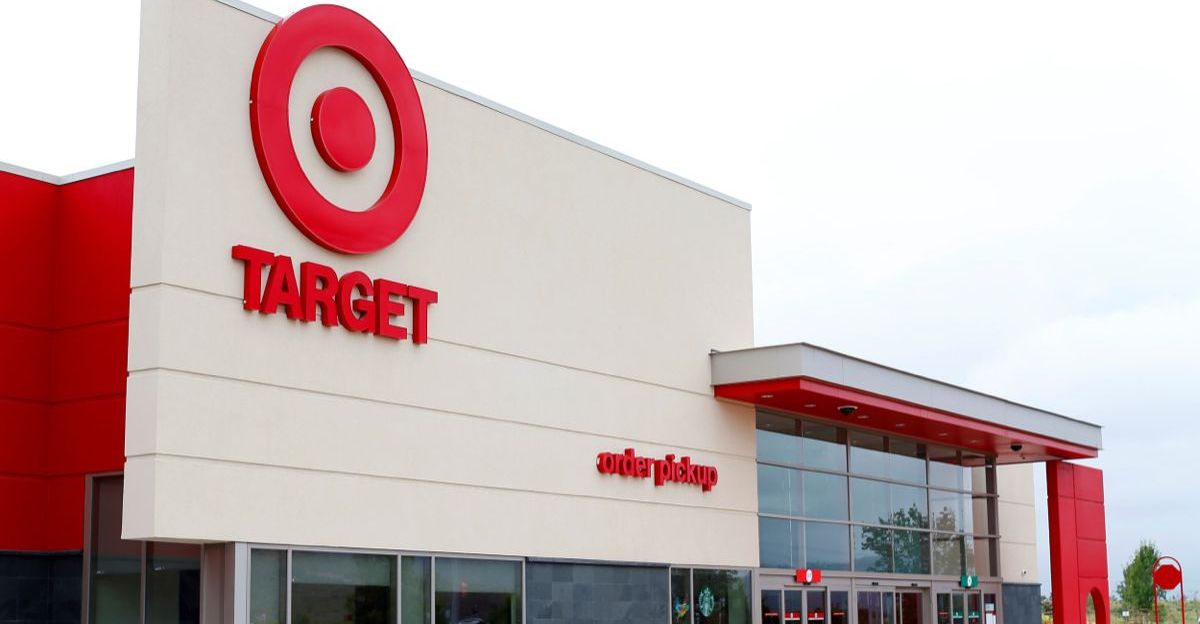
As stores continue to close across the U.S., questions remain about the retail sector’s ability to reinvent itself. Will new technologies and security approaches help stop the losses, or is a significant market reset inevitable?
The coming years will reveal which strategies resonate with shoppers and communities—and which simply fade away.